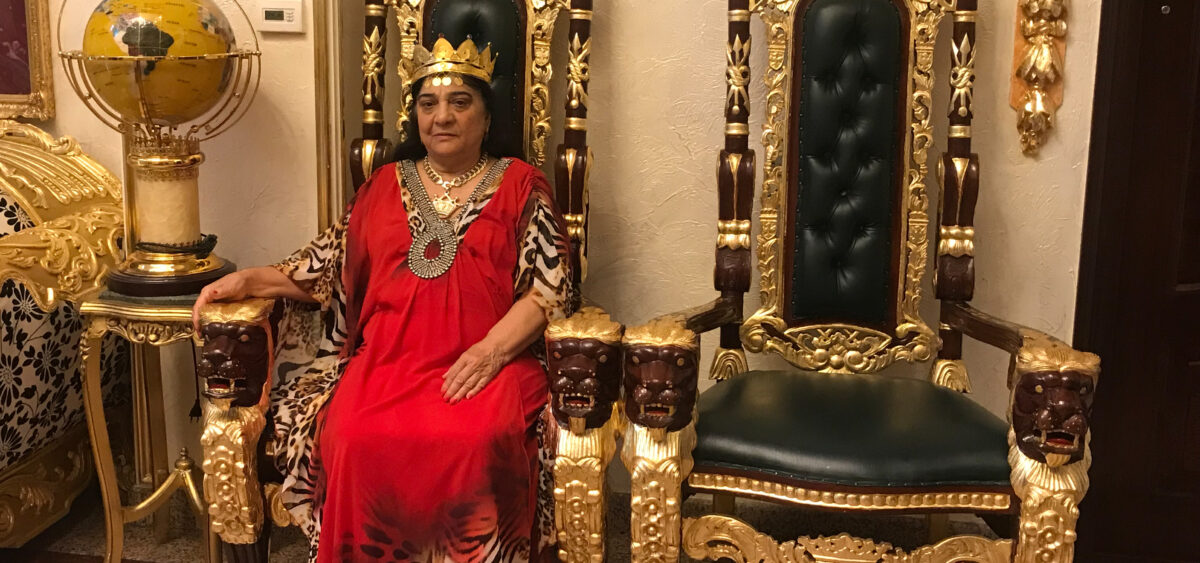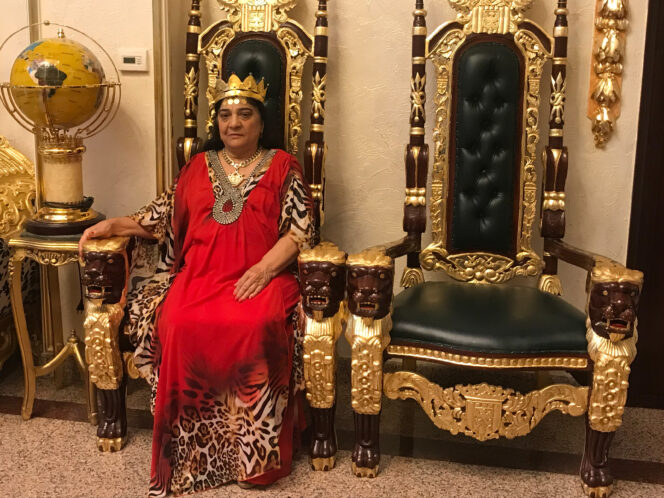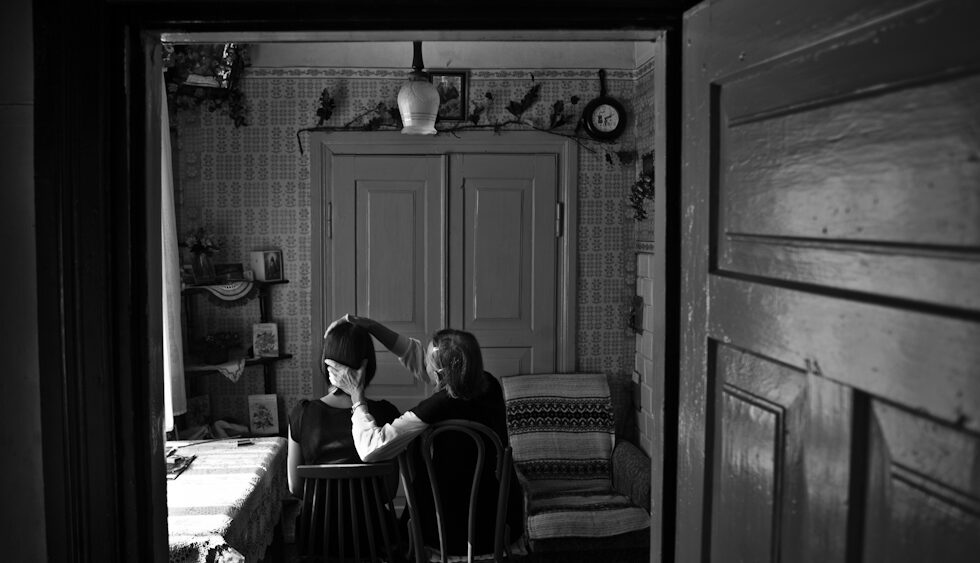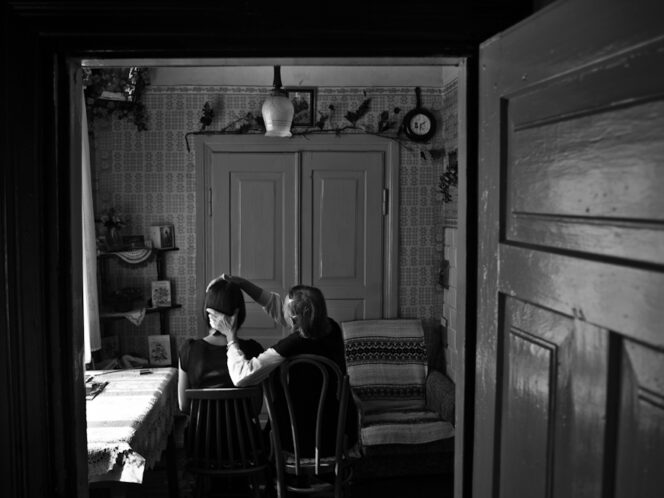
“People think that we’re trapped in the past. Europe is obsessed with integrating us. I created the idea of a cyber-witch and of Roma Futurism to show them that we are people of the future,” declares Mihaela Drăgan, one of the heroes of the third part of the “Witch Hunt” cross-border reportage.
Maria Campina is sitting on a throne in her Bucharest villa, wearing a long red dress and a gold crown weighing half a kilogram. Royalty lines the wall to her left, with a huge picture of herself and Queen Elizabeth II of England, photoshopped by her grandson as a birthday present. Known across Romania as the one and only Queen of Witches, Campina does not talk to anyone who shows up at her door, and her time is precious. She attempts to charge us for the interview, claiming that she had to cancel other appointments for us. Only after we threaten to leave, do we manage to bargain.
Queen Campina speaks without haste, stopping to catch her breath once in a while. She is almost 80 years old, although she refuses to reveal her exact age. “We are witches from mother to daughter,” she claims. “This power is not for everyone. Only my daughters can inherit it.”
The matriarch
Among the monumental pictures of Queen Campina and her family are portraits of her late husband, a former judge in the stabor – an unofficial tribunal of the traditional Roma communities. However, it is Campina who rules this clan.
“My grandmother is the head of this family,” her teenage grandson confirms with








